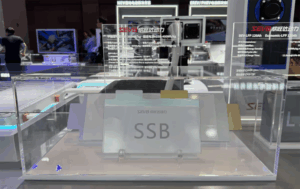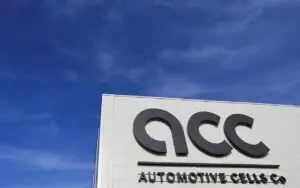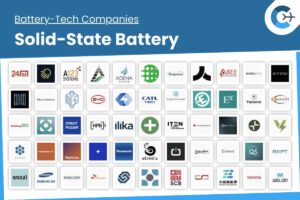A European research initiative led by the AIT Austrian Institute of Technology is developing next-generation anode materials for lithium-ion batteries under the RESTINA project (REcovered Silicon / TIN Sulphide Nanocomposite Anode Materials for Generation 3b Lithium Ion Batteries). The consortium aims to combine high performance with environmental sustainability by using recycled silicon sourced from end-of-life photovoltaic modules alongside tin sulfide (SnS₂) to form innovative nanocomposites.
The project’s core technology focuses on the formation of Si/Li₂S and Sn/Li₂S heterostructures at the interface of anode particles during cycling. These heterostructures are designed to mitigate the mechanical stresses and volume changes that typically cause particle fracture, solid electrolyte interface instability, and low conductivity in conventional silicon-based anodes.
RESTINA applies a holistic material-design strategy that integrates synthesis, surface modification, structural characterization, and scale-up. Two scalable production methods are under development: a solvothermal process utilizing eco-friendly solvents and high-energy ball milling. To enhance environmental compatibility, the team is also engineering carbon-based protective coatings. These layers stabilize particle surfaces for safe air handling, prevent toxic gas release (such as H₂S), and enable water-based electrode processing. Moreover, such coatings facilitate later recycling of electrode materials in aqueous media without harmful side reactions.
Within the consortium, AIT coordinates material development and scales the Si/SnS₂ nanocomposites to production levels compatible with industry. Using these novel anodes and high-nickel cathode materials, the team will manufacture Generation 3b pouch cells with capacities of 2–5 Ah, employing water-based electrode fabrication techniques. The University of Liège will investigate electrochemical aging mechanisms, while the University of Vienna will contribute insights into phase behavior, crystal structures, and thermodynamics of the Si/SnS₂ system. Industry partner FRIMECO Produktions GmbH supports scalable synthesis and coating processes.
The project, funded by M-ERA.NET/FFG, aims to reach a technology readiness level of 4 by 2025, marking a significant step toward sustainable, high-performance batteries developed in Europe.
“In battery research, we are faced with the challenge of bringing together material performance, industrial feasibility, and environmental responsibility. RESTINA is pursuing precisely this integrated approach: We combine recycled silicon with innovative materials chemistry and sustainable processing to develop a new class of high-performance anode materials for future battery generations. The project shows how materials research can make a concrete contribution to the energy transition – from the idea to the pilot cell,” explains Dr. Damian Cupid, Senior Scientist at the AIT Austrian Institute of Technology and project manager of RESTINA.
















